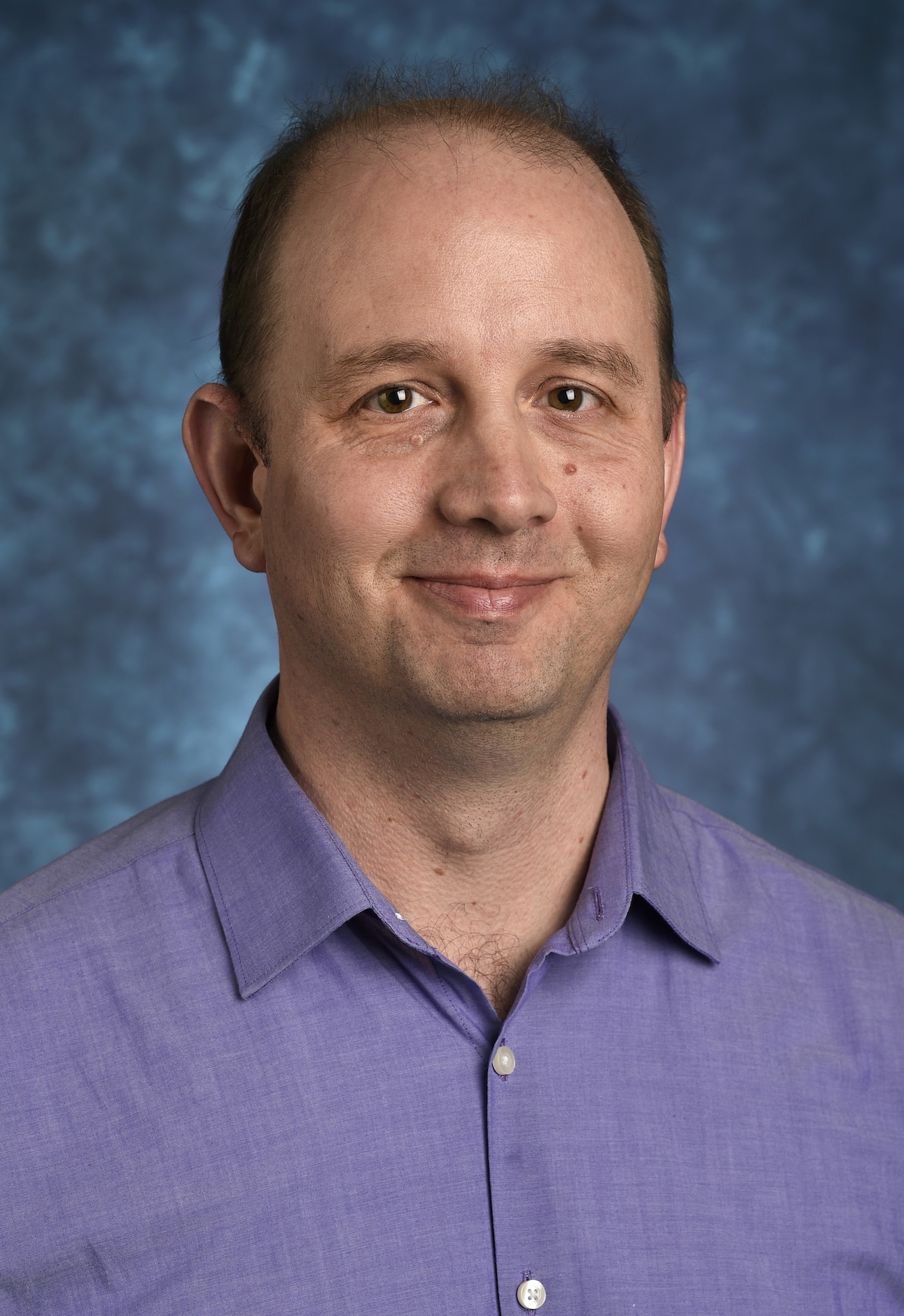What is a map? What do maps do? How do they entice, lie, tell stories, reveal cultural values and participate in complex histories? Those were some questions faculty, researchers, and graduate students at New Mexico State University recently explored in an interdisciplinary workshop, thanks to a $149,890 grant from the National Endowment for the Humanities. The event, which was held Aug. 4–6, kicked off a three-year project focused on critical approaches to place and the environment.
“We were thrilled with the thoughtful and provocative discussions among the workshop's participants, and how each participant's expertise added new dimensions to the topics that were key to the workshop,” said Eric Magrane, assistant professor of geography in the College of Arts and Sciences.
“Not only did participants bring expertise from across the arts, social sciences and humanities, they also embraced the opportunity talk about what it means to be teaching in Las Cruces,” added Kerry Banazek, NMSU assistant professor in English.
The three-year project will include an interdisciplinary co-taught class, collaboration with community partners including the Las Cruces Museum System, a project website and a visiting speaker series.
“We have an exciting lineup of visiting scholars and speakers coming to NMSU as part of "Critical Approaches to Place," Magrane said. “The series will feature international, regional, as well as local speakers, and will address topics including critical media networks, Las Cruces in context, Indigenous mapping, storytelling across borders, innovations in the geohumanities and feminist mapping.”
Co-hosted by Magrane and Banazek, the workshop included six virtual sessions focused on technical skills in narrative mapping, development of place-based assignments and collaboration across the curriculum. As part of the workshop, Joseph Kerski, Environmental Systems Research Institute education manager, introduced StoryMaps and provided hands-on lessons that helped faculty participants feel ready to teach StoryMap assignments that center student experience and student stories.
“My scholarly and teaching work within geography has been involved in developing the ‘geohumanities,’ which bring together many ways to understand key geographic concepts like place, space, landscape and nature through combined geographic and humanities-based approaches,” Magrane said. “For me, this collaboration with Kerry, including this workshop, is a very exciting example of the possibilities in the geohumanities. And it's fun!”
Created in 1965 as an independent federal agency, the National Endowment for the Humanities supports research and learning in history, literature, philosophy and other areas of the humanities by funding selected, peer-reviewed proposals from around the nation.
For more information on the workshop or upcoming events, contact Magrane at magrane@nmsu.edu or Banazek at kbanazek@nmsu.edu.


